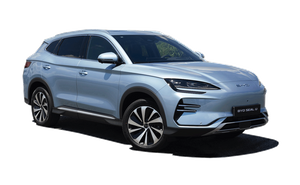Such was the quiet popularity of that original model, that it was the UK’s eighth best-selling model overall in 2024 - albeit driven by generous specification and keen pricing rather than standout brilliance. That’s not to say it’s a bad car. Far from it, in fact! But the previous generation MG HS, which was offered in both petrol and plug-in hybrid forms, wasn’t class-leading in any area.
Maybe that's changed with this new one? As of August 2024, MG brought out the new HS, based on a fresh platform that's developed from the Chinese market Roewe RX-5 SUV. It’s a much more handsome beast, with a vastly improved cabin and upgraded tech. And that makes it a far more credible rival to the likes of the Nissan Qashqai and Kia Sportage.
Outside, it’s bigger and has more presence than its predecessor, but the increased bulk isn’t immediately obvious as the rakish styling makes it appear less substantial – it looks more like a giant coupé than an SUV, and that’s no bad thing.
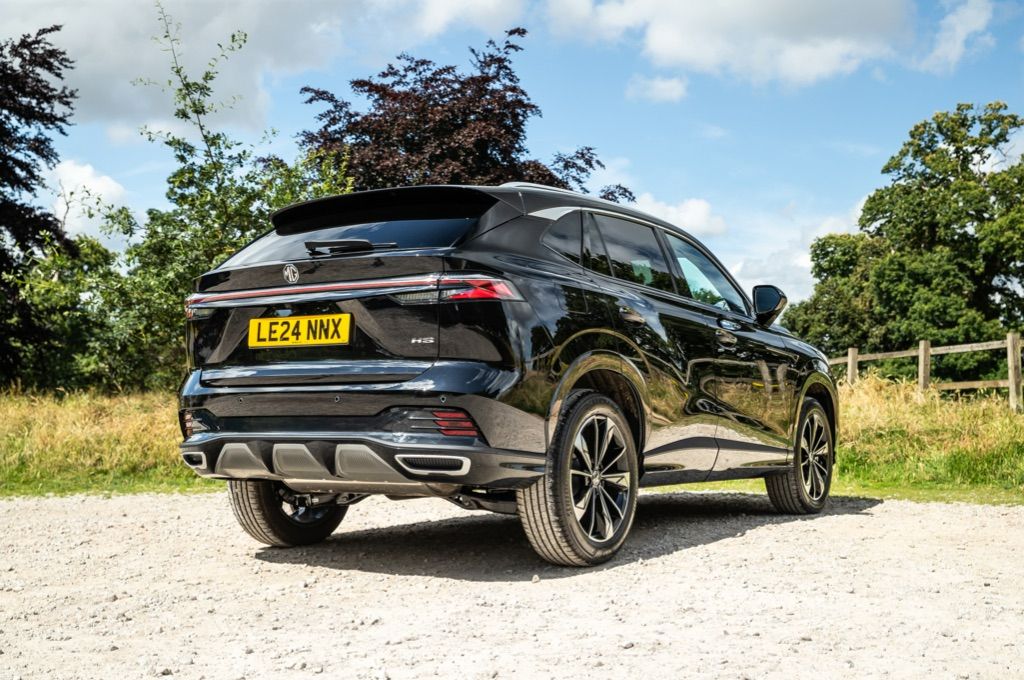
Nor, indeed, is the way it drives. Unlike some Chinese competitors, MG also uses a lot of British input in its dynamic engineering, with a chassis development and harmonisation team at the former MG Rover factory in Birmingham – it and the famous MG name being the last bastions of the former British manufacturing giant and lending the HS some expertise that makes it a lot sharper than many eastern models to drive.
MG says there won’t ever be a fully electric HS – if you want a battery-only MG SUV then the 2025-on MG5S is slightly smaller, weighs less and is better-suited to a pure EV powertrain, but the HS will appeal to those who need a larger model and still want to benefit from a useful amount of emissions-free motoring.
Range, Battery and Charging
The latest HS uses an all-new PHEV powertrain, which pairs a 24.7kWh battery and 181bhp electric motor combo with a 141bhp 1.5-litre turbocharged petrol engine, giving an official electric-only range of up to 75 miles. That’s a massive improvement over the previous PHEV model, which was lucky to break 45 miles before switching over to petrol.
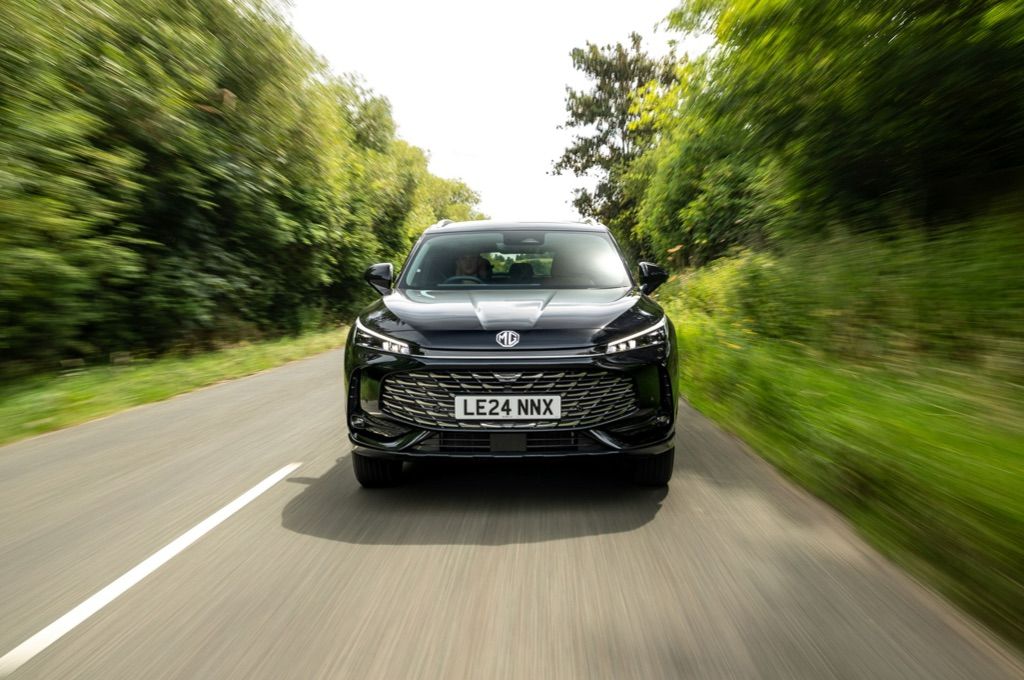
It has a 6.6kW onboard charger, which allows it to take a full charge in around three- to four hours from a dedicated charger of 7kW or more. There's no fast charging on the MG HS PHEV, so that three- to four hour charge is the fastest you'll get, but the Type 2 socket is compatible with the vast majority of public chargers in the UK and Europe, so while you won't ever get a quick charge, you can plug in easily at the chargers you find in camp sites, shopping centres and the like - just as easily as you can at a dedicated home car charger.
Practicality and Boot Space
The HS is a family car that was developed using the Nissan Qashqai, Hyundai Tucson and Kia Sportage as benchmarks, and the Chinese company has done a decent job – indeed, it’s marginally more spacious than all of those three rivals in terms of head, leg and shoulder room both front and rear.
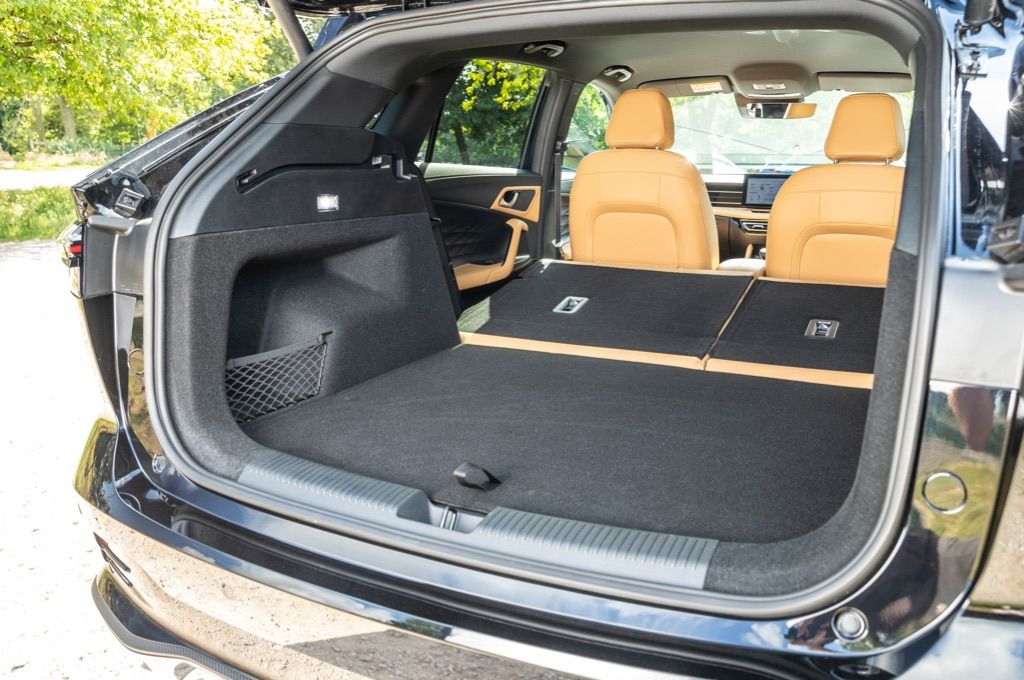
The luggage bay has a 507-litre capacity with the seats up, which will be more than enough for most families. That cargo volume expands to 1,484 litres with the seats folded down, so it’s a useful and practical car. It’s all very conventional, though, so don’t expect any clever sliding back seats or flush folding flat load floors as in some rivals. It’s reducing gimmicks, says MG, that allows it to offer such good value for money – something we find hard to disagree with.
Interior Design/Styling and Technology
The cabin is a vast improvement over the original HS and appears smart and neat, with the same squared-off steering wheel as the MG4 and a smartly integrated and intuitive touchscreen and native software, while the control system – known as MG Pilot – is fully compatible with both Android Auto and Apple CarPlay, albeit with a notable glitch. We’re not at all keen on the air conditioning controls, which can only be operated from sliders on the screen and not via rotary dials. Switching between Android Auto/Apple CarPlay and the native sat nav/infotainment system is unnecessarily fiddly, but is also necessary, as you can’t operate the climate settings otherwise if running your own media.
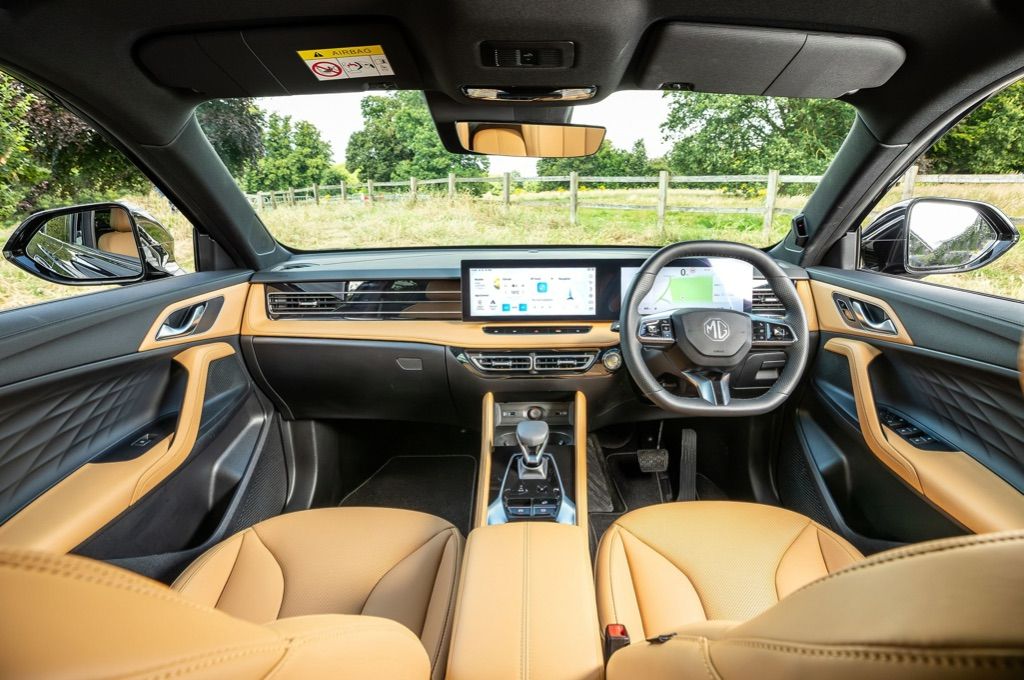
It’s a bit of a glaring oversight in today’s tech-laden car market, though MG has addressed this on the MGS5 by moving the heater controls back onto the dashboard – something it would do well to follow up on when the HS gets a facelift. You also have to plug your phone in with a USB cable, to get Apple CarPlay and Android Auto, which is a bit annoying as most rivals have wireless connection, these days.
Two trim levels are on offer – Trophy or SE. Standard equipment is great on both and includes 19-inch alloy wheels, an electrically adjustable driver’s seat and keyless entry. The Trophy adds extras, including eco-leather upholstery (so, synthetic, then…), heated front seats, a 360-degree camera and wireless smartphone charging, along with the option of a two-tone beige upholstery, which is a lot smarter than it sounds.
Both have a full suite of driver assistance and safety systems including lane keep assist, adaptive cruise control, automatic emergency braking and rear cross-traffic alert.
Motors, Performance and Handling
The HS PHEV feeds its power to the front wheels via a smooth two-speed automatic transmission, its 181bhp electric motor and 141bhp petrol engine giving a combined output of 322bhp and 570Nm of torque.
It’s a quick car – the traditional 0-60mph sprint takes just 6.8 seconds, but exploiting this will of course have a substantially negative effect on the battery range.

On the road, progress is smooth and extremely refined, while it feels surprisingly sporty for an SUV. Ride quality is excellent, which is rare for a compact SUV and is notably better here than in most rivals. The UK suspension tune, developed uniquely for our roads by those engineers at Longbridge (who also did the European-harmonised set-up for other markets), is great; the car handles well despite its obvious bulk, has a sharp turn-in and feel secure and well-balanced through the bends, although the steering lacks a little feel.
When the battery is depleted, the switch to petrol power occurs without fuss – you hear the ICE motor kick in but there’s only the tiniest of jolts, while the regenerative braking still feeds power back to the battery, allowing low-speed manoeuvres and such-like on battery power.
Overall, then, it’s an extremely pleasant and comfortable car to drive, and to travel in as a passenger – given that the target market for the HS is young families, that’s a fairly big draw.
Running costs and Pricing
The entry-level HS PHEV is the SE, which costs £31,495. The flagship Trophy sees a £2,500 uplift to £33,995, but the much-improved equipment levels reflect this. Buy one on a PCP and you’ll be looking at maybe £20-30 a month difference between the two, which is where the Trophy starts to appeal.
Options are limited to some special pearl paint finishes (£695) and that distinctive two-tone tan interior (£500), which keeps things nice and simple.
Officially, it has a WLTP fuel economy figure of 564mpg but this is highly unrealistic unless you drive it in EV mode for most of the time. If running with the battery depleted, you can expect around 35-40mpg from the petrol motor. Servicing is required every 20,000 miles, with a minor service costing about £120 and a major from £250 at MG Motor UK dealers.
The HS PHEV’s 12g/km CO2 emissions place it in the 5% company car tax band for UK drivers, and it comes with a seven-year, 100,000-mile warranty.
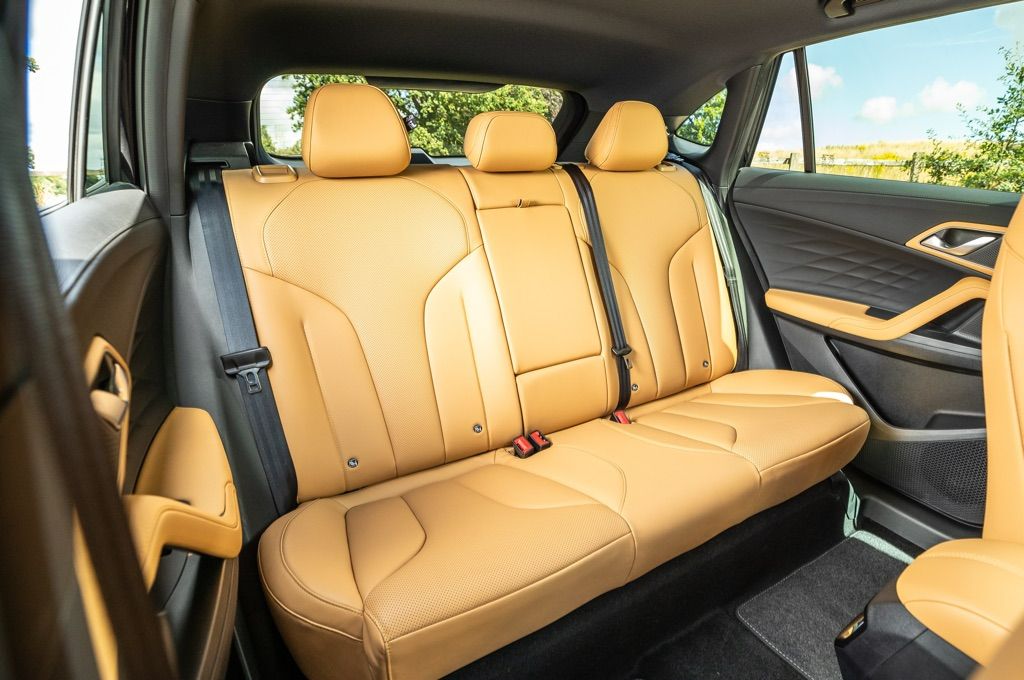
Verdict
MG is a company that has found a number of sweet spots in the UK market over the past five years, which has helped it grow extremely quickly to become by far the most established of the Chinese car brands in the UK. The MG HS PHEV appears to be another one.
Whether that continues in the face of rapidly developing opposition remains to be seen, but it’s quite clear that the company listened to customer feedback with the latest HS and refined it to ensure it remained a credible rival to some of the best models that Japan and Europe have to offer.
There are some minor niggles – the fit and finish could be better in places, the cargo area lacks innovation and the climate control/media interface is especially irritating – but the value for money on offer, superb specification levels and long warranty offset those minor negatives by some margin.
If you’re not yet ready for a full EV, or if your ideal car can get you to work and back on electricity during the week but take you across the country at the weekend without the need to plan your charging, then the MG HS PHEV is a pretty convincing proposition.










 CO2: 43g/km
CO2: 43g/km


















